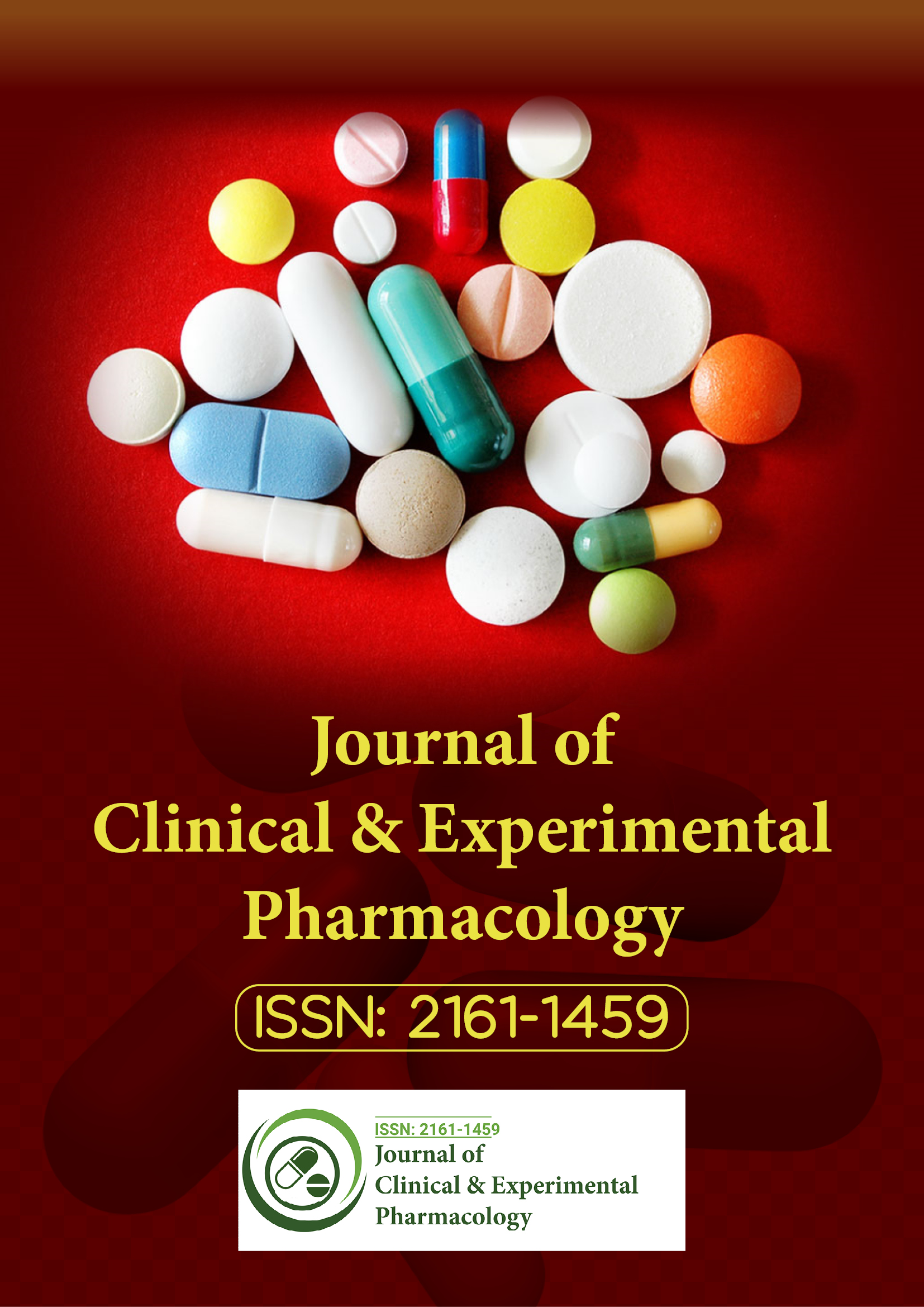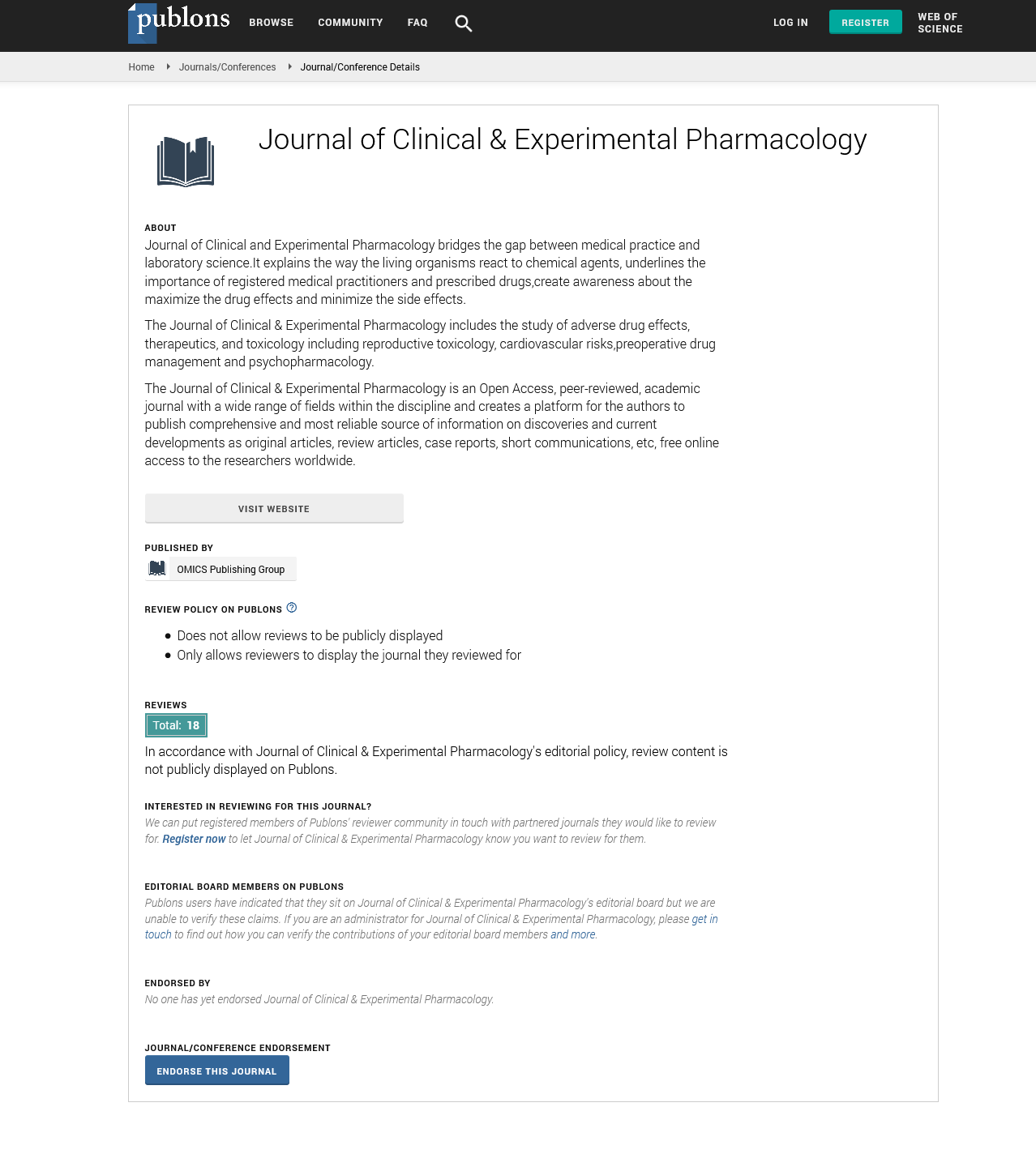Indexed In
- Open J Gate
- Genamics JournalSeek
- China National Knowledge Infrastructure (CNKI)
- Ulrich's Periodicals Directory
- RefSeek
- Hamdard University
- EBSCO A-Z
- OCLC- WorldCat
- Publons
- Google Scholar
Useful Links
Share This Page
Journal Flyer

Open Access Journals
- Agri and Aquaculture
- Biochemistry
- Bioinformatics & Systems Biology
- Business & Management
- Chemistry
- Clinical Sciences
- Engineering
- Food & Nutrition
- General Science
- Genetics & Molecular Biology
- Immunology & Microbiology
- Medical Sciences
- Neuroscience & Psychology
- Nursing & Health Care
- Pharmaceutical Sciences
SStudy of domperidone in the stimulation of milk synthesis
International Conference and Exhibition on Pharmacovigilance & Clinical Trials
October 1-3, 2012 DoubleTree by Hilton Chicago-North Shore, USA
Raphae Serreau
Keynote: Clin Exp Pharmacol
Abstract:
It is well known that breastmilk is incredibly important to the neonatal outcome in premature infants. Thus maintaining a good milk production in the mothers of this population will go a long way in preventing unnecessary disease in these infants. Domperidone works by stimulating the production of prolactin in women that have insufficient plasma prolactin levels. Prolactin levels at birth are approximately 300 ng/mL, and drop quickly in some mums to levels approximating 10-20 ng/mL (normal non-lactating levels). At these lower levels, milk synthesis slows or ceases. Domperidone in a modest dose of 10-20 mg TID is well known to maintain plasma prolactin levels in the 120 ng/mL range, thus dramatically stimulating milk synthesis. At present, domperidone is used all over the world for this purpose. However, domperidone is a known HERG (potassium channel) receptor antagonist, and can increase the QT interval in rare individuals. This is almost always dose-related, and is found usually in those patients who are already prone to QT interval interruption and are older. We will perform a study which will use a low dose of domperidone to stimulate prolactin levels (10 mg TID). Worldwide, domperidone has been used at excessively high doses (40 mg QID) by some physicians. Several recent studies support the contention that excessive domperidone doses do not produce higher levels of prolactin. Apparently, prolactin release from the pituitary is almost maximal at a 10 mg TID dose, with only slightly higher plasma levels produced at 20 mg TID. Thus, 10 mg doses are fully active in stimulating milk production, and these higher doses are probably unnecessary.
Biography :
Upon completion of his doctorate in Pharmacology at the University of Paris V Ren? Descartes in 2007 about Risk Management Plan during pregnancy and breastfeeding, he joined the Center of Clinical Research in Cochin and Necker Hospital in Paris in 2005 where he directed research combining Perinatology and Pharmacology researchs. (www. premup.org). This led to the development of a structure in ?Institut de Pu?riculture de Paris? called Medic-Al network. He works also as a permanent scientist in St Antoine Hospital in Paris since 2011

